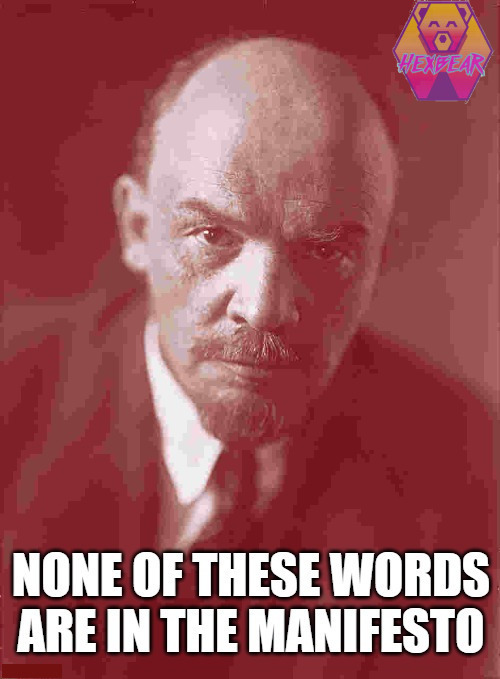I’ve always entertained the idea that Balrogs were less monstrous in form and more like the children of Illuvatar in form, albeit very terrifying. Here’s a little musing I wronte;
The Balrogs have in most regards the shape of men or elves, but far more terrible. Their stature is measured by their intent – At rest they are of a height with the children of illuvatar, at war they would scratch the roof of a tall man’s hall, and this stature may change from moment to moment as suits their needs.
Always they are in shadow. The sun never falls on their faces nor can it be seen behind them. Yet, whichever way one observes them, their shadow reaches out, longer and darker than it ought to be, to fall just short of one’s feet, threateningly close. Nor, though, are they ever fully in darkness, for in darkness a dim rim of red flame can be seen about and within them. So dim it would not cast a shadow, yet you cannot mistake them on a dark night. This fire is in them and in all that they make or possess, and in wrath it will flare greatly, but never brightly – A wreath of reddish heat which never rises to the white or yellow of good honest fire nor approaches the last rays of a setting sun. There’s is a dim, shadowy fire,
Of there gear it is thus; They wear no bright colors. All clothe and metal is dim and desaturated and the dull red gleam of their flame is in it. Their war gear is all of darkened iron, polished and engraved, set with enamels and gems which do not shine. It is their culture to have etched on their plate their deeds, and the names of great warriors they have slain, and exultation of Morgoth who lead them to power. They delight in shaping their wargear to mock the creatures of Illuvatar, such that one’s helmet might resemble a grotesque eagle fanged and scaled, while another’s pauldron might have the shape of screaming men. They are some of the greatest of the servants of Morgoth and their war-gear reflects their stature, being of the finest and most intricate make. In shadow and fire wrapped one might think their skin to be of plate and faceted iron, so closely fit and finely made was their armor.
For arms, they bore two weapons that marked their authority and office. First – A burning sword, in dim red fire wreathed, as long as a tall elf but very light for it’s size. These swords they wielded with two hands when it suited them, or one if they were in wrath. The power of their blows was enormous and the craft of the swords was such that little could turn their edge or threaten to break them, and so they could be wielded as implements of siege if desired. Certainly, the shields of elves and men had little hope of holding them at bay. These swords were made only for the Balrogs, for few could bear them and in the presence of any servant of the Dark Lord none else would dare.
But the true symbol of their station was the burning lash. Each Balrog’s whip was forged to fit their hand. All, however, were of black iron, finely forged, and it was in these whips that their fire burned most strongly. The whip is an instrument of torment and dominion, and so the firey whips of the Balrogs were the symbol of their tyranny above all other signs and symbols which they bore. These whips they used very cruelly in battle and in council, and countless orcs and slaves of Morgoth bore the burnt brand of iron chains on their backs or faces.
When the Balrogs went to war at the head of Melkor’s army they carried a great wreath of smoke and shadow around them, flickering with the dull embers of a burnt out fire. This was the sight most dreaded by scouts of the Eldar and Edain, for a dimming and a shadow among the orc camps meant only this; The Balrogs were at arms, and they were unafraid to be known.


Why would she be exception to all other Maiar?
Yeah, but the decription varies even across the Tolkien writings, however there weren’t described as huge demons basically nowhere by him. Also we don’t know how many of them even were, at least 4 distinct balrogs appeared in the books (Durin’s Bane, Gothmog, Lungorthin and unnamed balrog killed by Glorfindel) so each of them could look different.
Yeah something like that, found pretty good painting for example, turns out that the fandom can read and the humanoid balrogs aren’t entirely forgotten, though most pictures still shows them as giants.
she’s not an exception. there are many (unnamed) ainur, and many of them spend time without a fana (the seeming-body that unfallen ainur wear when they want to be like people). maybe some of them never (or only very rarely) put it on.
I always got the impression there was a lot of goofy supernatural stuff Tolkien never really drilled down on. All sorts of weird maybe-spirits and monsters with no clear origin as maiar or beings with fea or beasts. There’s plenty of room around the edges for weird stuff. Dragons would be my main example. Incredibly powerful creatures that Melkor just seemingly ass-pulled from nowhere that aren’t beasts because Smaug can think and reason, probably aren’t Maia because Melkor would you’d think be running low at that point, they’re just kinda there and that’s okay.
well, in-universe, the stories are elven lore handed down to us through numenorean transmission. so anything the elves didnt know about or understand is gonna be vague.